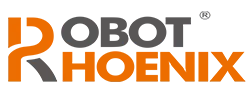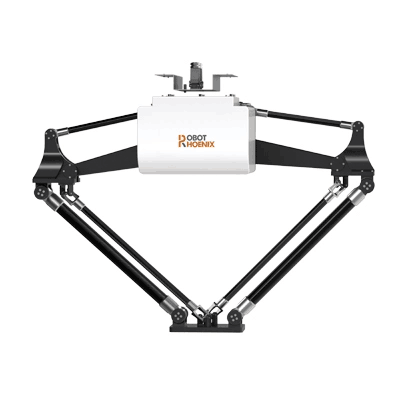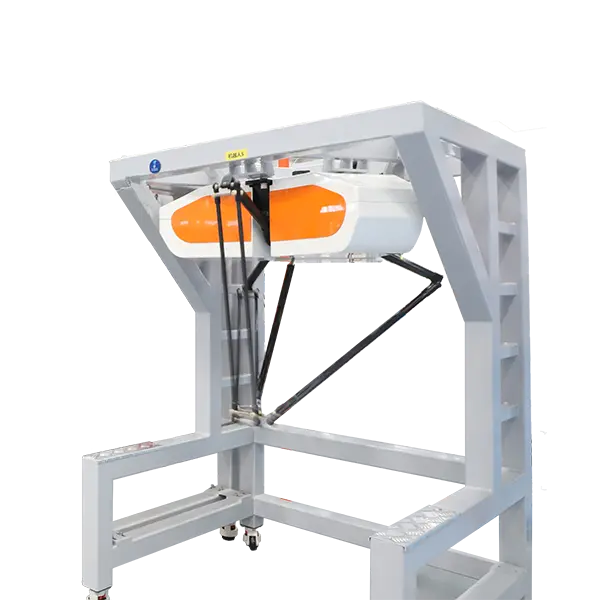In recent years, the industrial landscape has witnessed remarkable advancements in automation, with robots playing a pivotal role in revolutionizing various sectors. Among these robotic wonders, articulated robots have emerged as the stars of the show. Combining precision, flexibility, and efficiency, these machines have garnered significant attention from industries worldwide. This blog delves into the captivating world of articulated robots, analyzing their market size and exploring the latest trends that are shaping their future.
Articulated Robot Market Size: Scaling New Heights
The articulated robot market has experienced exponential growth in the past decade. As manufacturers continue to prioritize automation and seek innovative solutions to enhance productivity, the demand for these versatile machines has skyrocketed. A profound shift in the manufacturing paradigm, coupled with increased investments in research and development, has given a substantial boost to the market.
According to recent industry reports, the global articulated robot market is projected to surpass the billion-dollar mark by the end of 2025. This phenomenal growth can be attributed to several key factors:
Automotive Sector Dominance: The automotive industry has emerged as the largest end-user of articulated robots. From assembling components to welding and painting, these robots have streamlined production processes, resulting in improved quality and reduced costs.
Electronics & Semiconductor Manufacturing: The surge in consumer electronics and semiconductor manufacturing has led to an increased demand for precision assembly and handling, further driving the adoption of articulated robots.
E-Commerce and Warehousing: The booming e-commerce sector has placed immense pressure on logistics and warehousing operations. Articulated robots with their ability to pick, pack, and sort items efficiently have become indispensable for warehouse automation.
Healthcare and Pharmaceuticals: The healthcare and pharmaceutical industries have also recognized the potential of articulated robots in assisting with repetitive and delicate tasks, thereby ensuring accuracy and reducing human error.
Growing Applications: The versatility of articulated industrial robot extends their application beyond traditional manufacturing sectors. They are now being used in diverse fields such as agriculture, food processing, and even in collaborative human-robot work environments.
Articulated Robot Market Trends: Paving the Path Ahead
While the current market size speaks volumes about the success of articulated robots, keeping an eye on the latest trends is crucial to understand the trajectory they are likely to take in the future.
Integration of AI and Machine Learning: Artificial Intelligence (AI) and Machine Learning (ML) are propelling the next wave of automation. Six-axis articulated robot are being equipped with advanced AI algorithms, enabling them to learn from their tasks and adapt to changing production environments. This trend fosters increased efficiency and flexibility, making robots more adept at handling complex operations.
Collaborative Robotics: Collaborative robots, also known as cobots, are designed to work alongside humans safely. This trend aims to address the challenges of manpower shortage and enhance human-robot interaction. The development of safety protocols and improved sensor technology has paved the way for greater integration of collaborative scara robot across various industries.
Internet of Things (IoT) Connectivity: The IoT revolution has significantly impacted the robotics industry. Articulated robots equipped with IoT capabilities can be remotely monitored, diagnosed, and optimized, thereby reducing downtime and enhancing overall productivity.
Sustainable and Eco-Friendly Solutions: With a growing emphasis on sustainability, there is an increasing demand for eco-friendly robots that consume less energy and produce fewer emissions. Manufacturers are actively investing in research to develop greener articulated robots, aligning with global environmental goals.
Customization and Modular Robotics: As businesses seek tailored automation solutions, the trend of customizable and modular robots gains traction. Companies can now assemble robots according to their specific needs, making the technology more accessible to a wider range of industries.
The articulated robot market is on an upward trajectory, with an ever-expanding scope and potential. As these intelligent machines continue to redefine industrial automation, their market size is set to soar, and the latest trends will undoubtedly shape the course of their development. Embracing the transformational capabilities of articulated robots is the key to staying ahead in the fast-paced world of modern industry, as we witness a revolution fueled by precision, flexibility, and efficiency.
 Learn More
Learn More 
 EN
EN  ja
ja  ko
ko  fr
fr  de
de  es
es  ru
ru  pt
pt  ar
ar  vi
vi  ur
ur 





